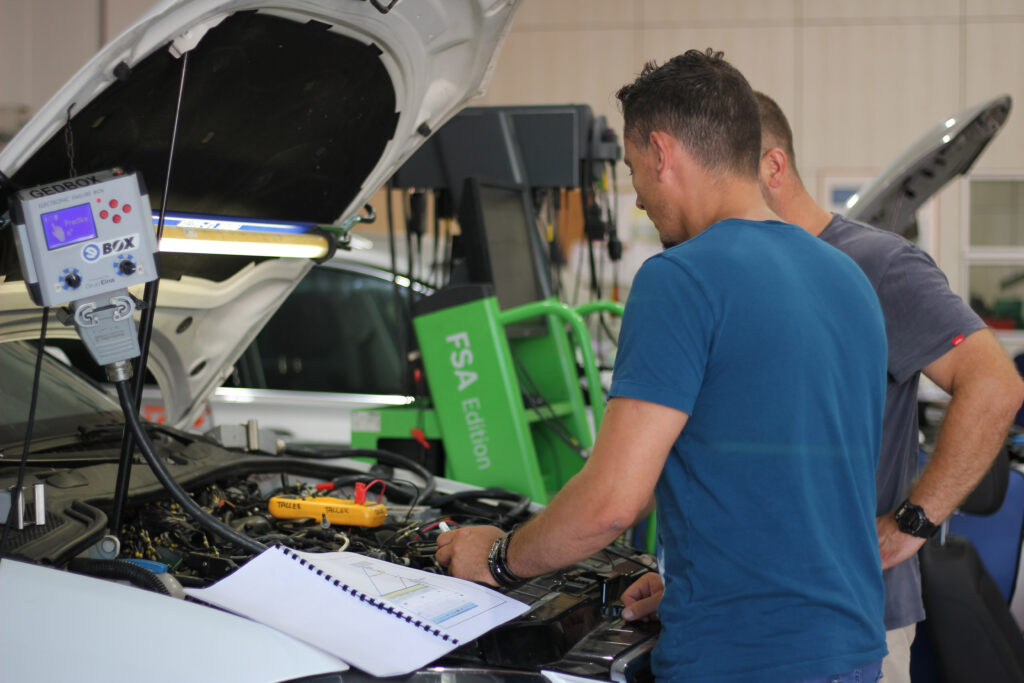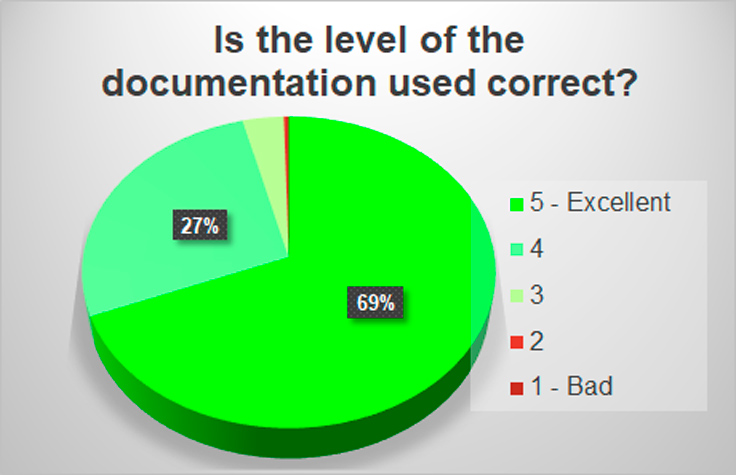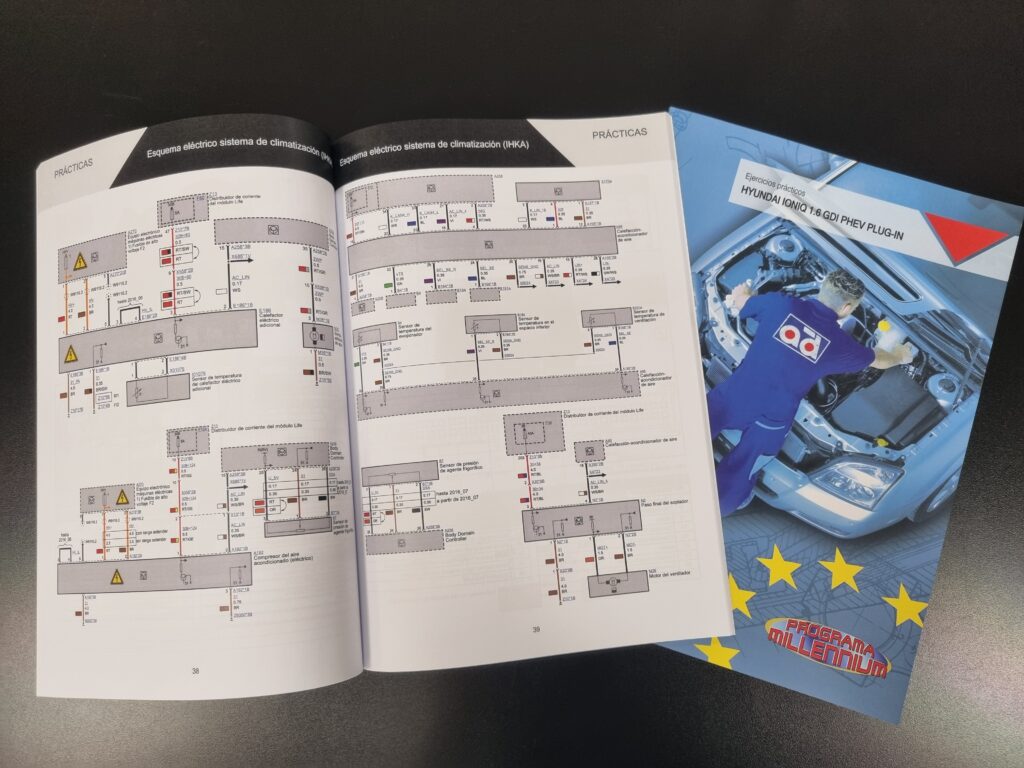
Differentiating Technical Training: the Documentation (Part III/V)
In our first post about our technical training programmes and what makes them different, we talked about the importance of continued training for workshops to build strong connections with them and to ensure the future of the industry and our mobility. Additionally, we mentioned that 98% of our students believe that our training programmes are of excellent quality.
In the second post, we explained why our training sessions are so useful for mechanics. 93% of our students think so. In summary, they are beneficial because they allow them to quickly make the hours invested in training profitable.

Complete and Useful Documentation
Today, we analyse the documentation that we use, which 96% of students consider excellent.
As we mentioned before, our training relies on state-of-the-art vehicles about which there is no existing documentation. So, the first thing our trainers do is dedicate from 4 to 6 months to disassemble and reassemble the vehicle to study it thoroughly. They become experts in that vehicle: its technologies and components, its operation, its systems, and its implementation in other makes and models within the group, its structure and peculiarities, its technical data, etc. Therefore, they can prepare the training documentation properly.
The first step is to draft the theoretical contents, whether they are generic about the specific vehicle or specific to one of its technologies or systems. In any case, the presentation that the trainer will use during the training is created, and if relevant (as it is an optional service), the dossier for the student is also created. Obviously, these two documents contain the same information but differ in form and format.

Finally, the practice dossier is prepared. As previously stated, our training is based on diagnosing and repairing real failures on vehicles. Therefore, the practice dossier includes all the technical documentation required for these exercises: wiring diagrams, assemblies and disassemblies, tightening torques, etc.
Reference Documentation
In conclusion, in our training sessions, the documentation used is very comprehensive and proves to be extremely useful, not only for understanding, assimilating, and applying new knowledge and skills but also as reference material in the day-to-day operations of the workshop.
In the next post, we will explain why do 97% of our students consider the resources used in our training programmes excellent?
Do you want to help your network of workshops or your workshop clients stay in business? Contact us.